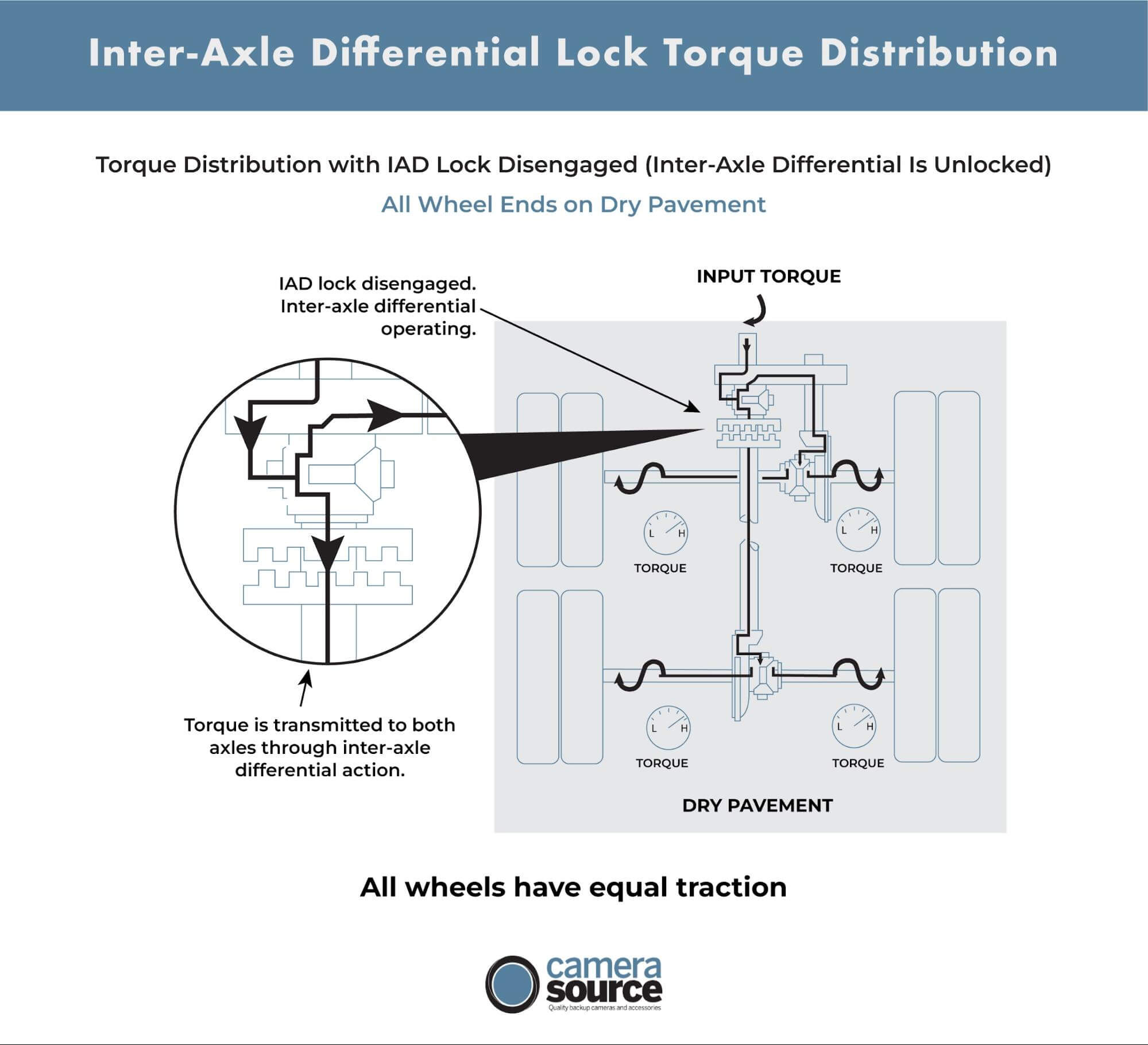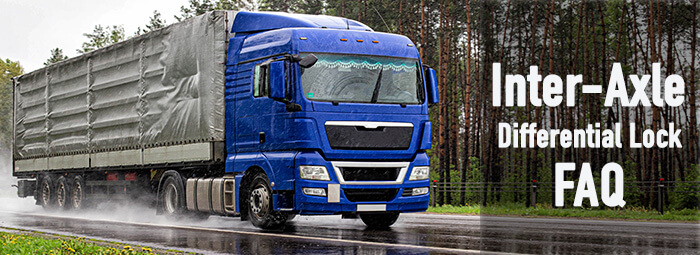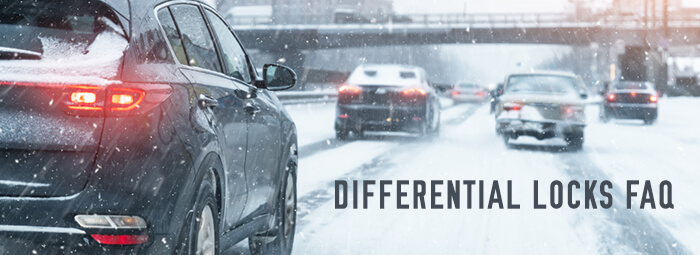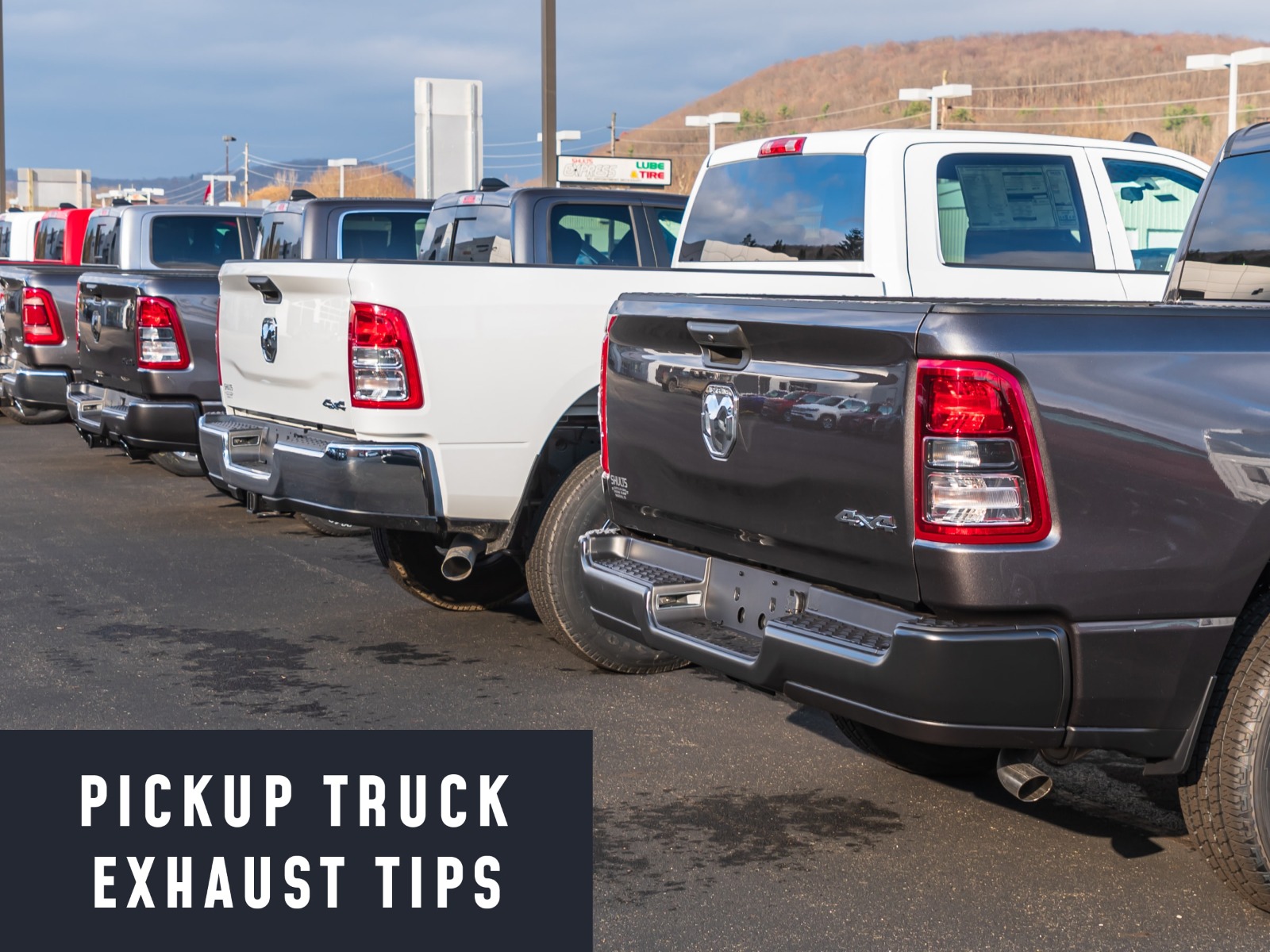The inter-axle differential provides for necessary differential action between the axles of a tandem drive axle vehicle, such as semi trucks. This allows the wheels of either axle to revolve faster or slower than the wheels of the other axle in order to compensate for cornering, uneven road surfaces, and slight differences in tire sizes.
The Purpose Of Inter-Axle Differential System
The inter-axle differential lock helps to give your vehicle more traction by distributing power between axles on either side of the vehicle. IADs regulate how fast the wheel on either side of the axle spins, enabling the car to traverse slippery surfaces. When encountering soft or slippery road conditions, the IAD can be locked, eliminating any differential action between the axles.
Your vehicle's differential system is designed to manage the power that goes to the wheels. In most vehicles, differentials are open, which means that the system sends more power to the wheel with the least traction. In doing this, the car can corner safely, even while driving at relatively high speeds. This is because when you go round a corner, the wheels on different ends of your vehicle cover different distances. Without this mechanism, your car would probably be unable to go round the bend.
However, open differentials pose other problems. When your vehicle is on a slippery surface, the wheel with the least traction gets all the power. The problem with this is that in such a situation, this is likely to be the wheel that is stuck in such a situation. Sending more power to the wheel does nothing to help get the car unstuck. This is the reason differential locks were created.

17 Common Questions (FAQs) About Inter-Axle Differential Locks
Below are some of the most common questions that people have about how to use inter-axle differential locks.
01. Advantages Of Inter-Axle & Inter-Wheel Differential Lock
When you install an inter-axle differential, you can control the speed differential between two tandem axles. This helps improve traction when driving over a rough bit of road. Differential locks, on the other hand, help by locking wheels on different ends of the axle. Both these systems are useful for preventing your vehicle from getting stuck.
02. Inter-Axle Lock VS Differential Locks
Inter-axle locks are designed to lock axle shafts, ensuring that all the wheels on different sides of the vehicle are spinning simultaneously. This is different from the differential locking system, which manages power distribution to the rear wheels (on the same axle). Even when the inter-axle locks are off, power distribution is still being controlled by the differential locking system.
03. What are Differential Locks?
Differential locks solve this problem by ensuring that power goes to both wheels, regardless of the amount of traction they may be experiencing. To go back to our example, the vehicle stuck in the mud or snow can move because the wheel with a grip on the surface gets the power it needs to keep moving. This is why vehicles with differential locks can transverse rugged terrain better than those with open differentials.
04. Driving With Inter-Axle Differential Lock
It is indeed possible to drive with your inter-axle differential lock on. However, it is essential to ensure that you drive at very low speeds when it is on. The other thing to note is that you must bring your vehicle to a complete stop before turning on your inter-axle differential lock.
05. Using Inter-Axle Differential Locks
Driving on regular roads with your differential locks off is always advisable. When you approach a slippery surface or rocky terrain, bring the vehicle to a halt in a safe place and activate your inter-axle differential locks. Drive carefully on the rough terrain while maintaining a low speed. Unlock the differentials as soon as you are out of the uneven surface.
07. Maximum Speed Possible With Inter-Axle Lock On
Driving at high speeds or taking corners with your inter-axle differential locks is dangerous. At the maximum, you should keep your speed below 25 miles per hour (ca. 40 km/h) when axle locks are on.
08. Can You Lock Differentials While Driving?
Most vehicle manufacturers recommend slowing down to less than 15 miles per hour (ca. 24 km/h) before engaging differential locks. Ideally, you should do this when the vehicle is at a complete stop. Driving on regular roads with your differential locks on is also unadvisable. This is because cornering becomes dangerous when your differential locks are on.
09. When Should I Lock My Differential?
You should lock your differential when you get to rough terrain. You should also lock them if driving on a slippery surface. Under normal driving conditions, you should keep your differentials unlocked. This applies to most vehicles, including semi-trucks.
10. Traction Control Vs. Differential Locks
Traction control automates the differential locking system. When sensors detect a wheel slipping, it immediately regulates power going to the wheels to help keep the vehicle stable. Differential locks may be the best way to go for users who often drive on rough terrain, as they offer more control. However, most people don't go clambering over rocks in their vehicles. For that reason, traction control works best for many drivers.
11. Distinguishing Between Cross Locks & Differential Locks
Cross locks help to improve vehicle traction by splitting power between wheels on different ends of a single axle. However, differential locks do the same thing between the two drive axles.
12. Understanding Axle Cross Locks
Axle cross locks help to improve vehicle traction by splitting power going to wheels on different ends of the same axle. Axle cross locks typically have to be manually activated by the driver.
13. Unlocking A Differential Lock
Most differential locking systems are operated via a switch in the driving cabin. Turning the system on and off simply means flipping a switch.
14. How To Know Your Differential is Working
Most vehicles have a warning light that flashes when your differential locking system is not working. For most drivers, this is the first sign that something is wrong with the system. If your differential locker is stuck in the lock position, you may notice that the vehicle will have difficulty cornering.
15. Why Rear Locking Differentials Are Important
Rear locking differentials help keep vehicles moving when driving over slippery surfaces. They do this by splitting power across the rear axle, ensuring that all the wheels stay in motion.
16. The Role of Differential Locks in Your Truck
The differential locks in your truck help to give your vehicle traction when driving over rough terrain. The system does this by splitting power between different wheels. This ensures that your truck can tackle slippery surfaces or rocky terrain.
17. The Role Of Differential Lockers In 4x4 Vehicles
Differential lockers help improve your 4x4's traction by enabling power splitting to each wheel on the same axle. Without differential lockers, your 4x4 distributes power only to the rear and front axles in equal proportions. However, it does not control the power flow between wheels on the same axle.
Improve Drivers' Confidence & Safety With A Backup Camera From Camera Source
Inter-axle differential locks are what allow large vehicles with tandem axles to safely traverse slippery surfaces. Backup cameras are what expands truck drivers’ rear range of vision to eliminate blind spots and reduce accident and injury. When driving a vehicle with a raised profile, it becomes especially hard to see when reversing. A backup camera ensures a complete view of what is behind the truck. Get in touch with Camera Source with questions or concerns.








